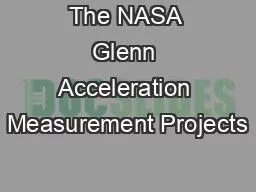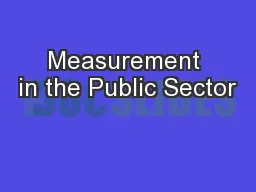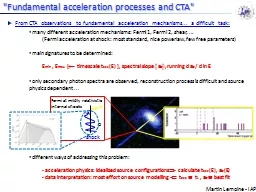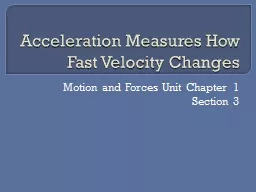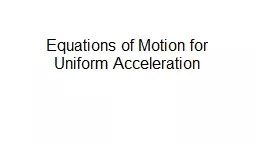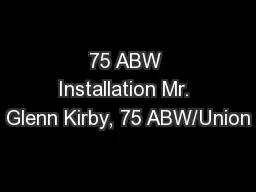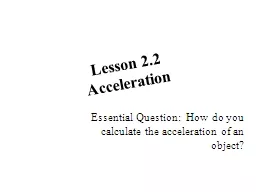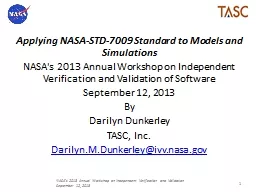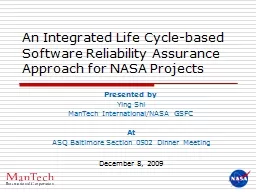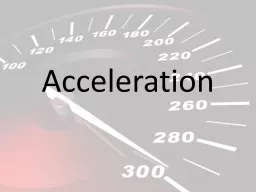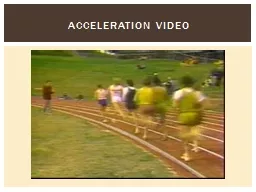PPT-The NASA Glenn Acceleration Measurement Projects
Author : festivehippo | Published Date : 2020-08-03
Two Decades and Counting of Acceleration Measurement and Support SAMS Team Kevin McPherson Jennifer Keller Eric Kelly Ken Hrovat 1 The intent of this RFI is to
Presentation Embed Code
Download Presentation
Download Presentation The PPT/PDF document "The NASA Glenn Acceleration Measurement ..." is the property of its rightful owner. Permission is granted to download and print the materials on this website for personal, non-commercial use only, and to display it on your personal computer provided you do not modify the materials and that you retain all copyright notices contained in the materials. By downloading content from our website, you accept the terms of this agreement.
The NASA Glenn Acceleration Measurement Projects: Transcript
Download Rules Of Document
"The NASA Glenn Acceleration Measurement Projects"The content belongs to its owner. You may download and print it for personal use, without modification, and keep all copyright notices. By downloading, you agree to these terms.
Related Documents

